Hard Surface Flooring Market Summary
As per MRFR analysis, The Global Hard Surface Flooring Market was estimated at 37.02 USD Billion in 2024. The hard surface flooring industry is projected to grow from 38.68 USD Billion in 2025 to 59.9 USD Billion by 2035, exhibiting a compound annual growth rate (CAGR) of 4.47 during the forecast period 2025 - 2035.
Key Market Trends & Highlights
The Global Hard Surface Flooring Market is experiencing a dynamic shift towards sustainability and technological advancements.
- North America remains the largest market for hard surface flooring, driven by robust demand in residential applications.
- The Asia-Pacific region is emerging as the fastest-growing market, fueled by rapid urbanization and economic development.
- Resilient flooring continues to dominate the market, while non-resilient flooring is witnessing the fastest growth due to evolving consumer preferences.
- Key market drivers include a strong focus on sustainability and technological integration, enhancing product durability and maintenance.
Market Size & Forecast
| 2024 Market Size | 37.02 (USD Billion) |
| 2035 Market Size | 59.9 (USD Billion) |
| CAGR (2025 - 2035) | 4.47% |
Major Players
Mohawk Industries (US), Armstrong Flooring (US), Tarkett (FR), Gerflor (FR), Forbo International (CH), Shaw Industries (US), Interface (US), Mannington Mills (US), Kahrs Group (SE)
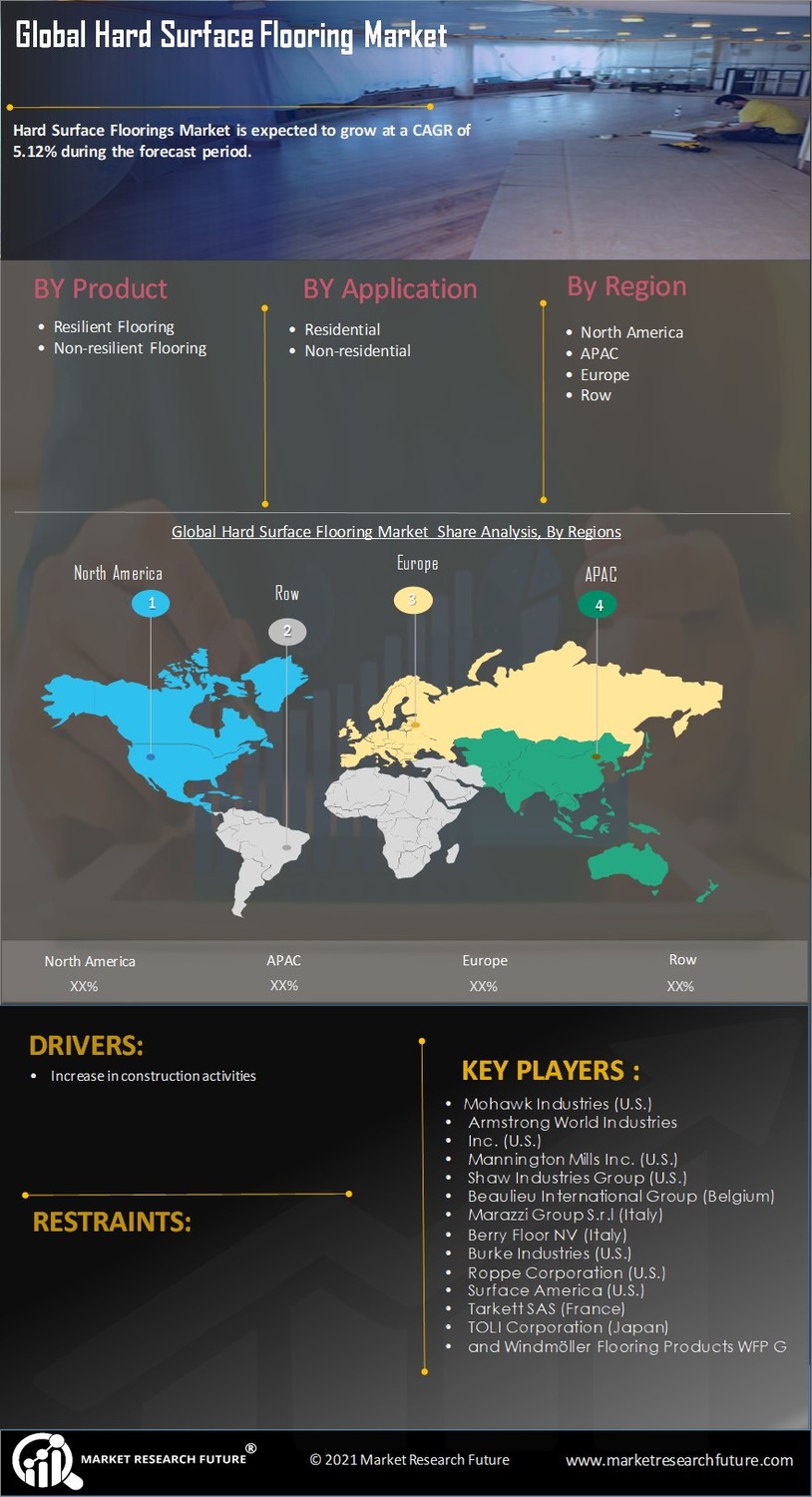

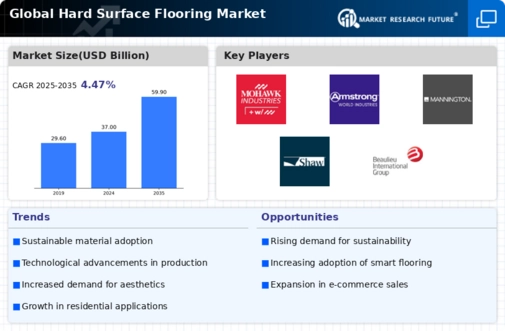
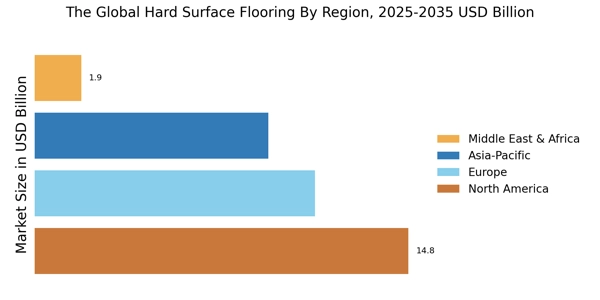
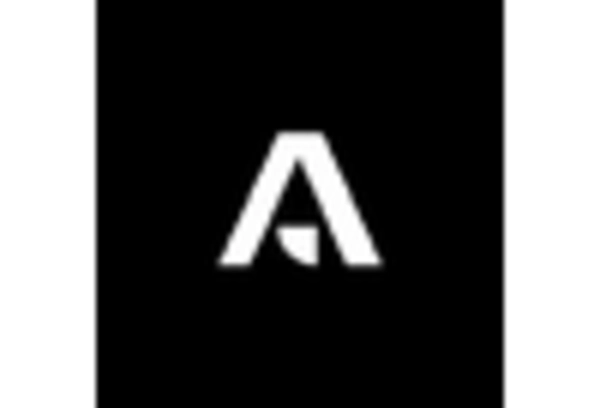
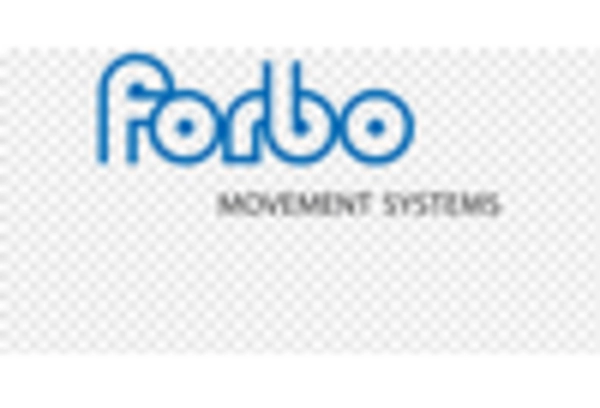
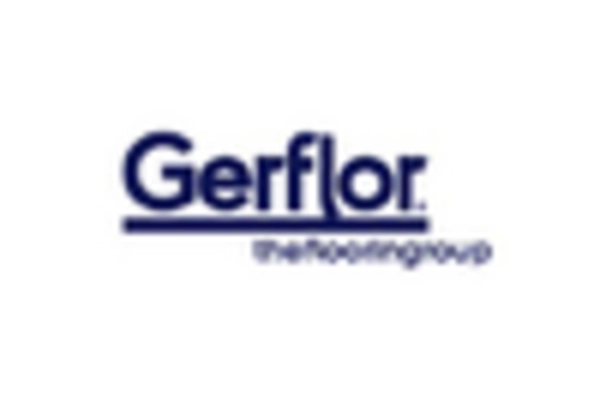
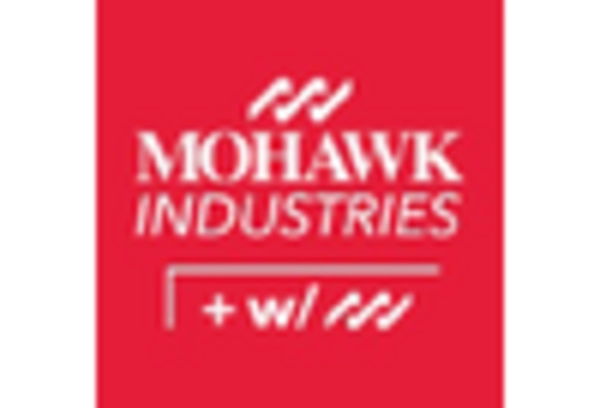
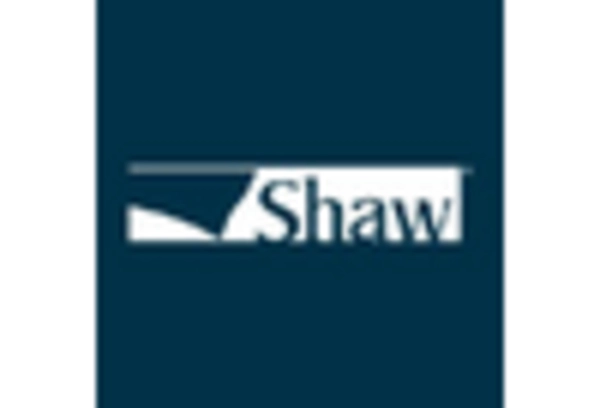
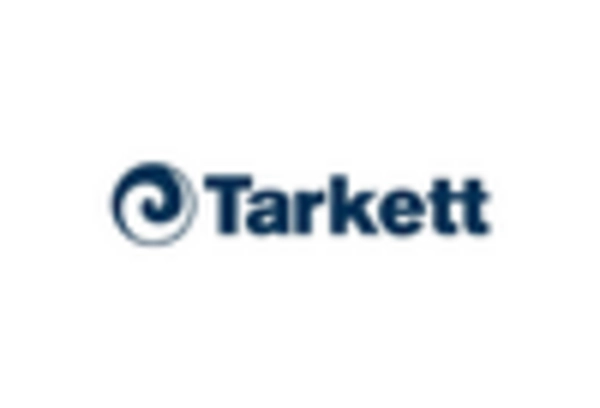








Leave a Comment